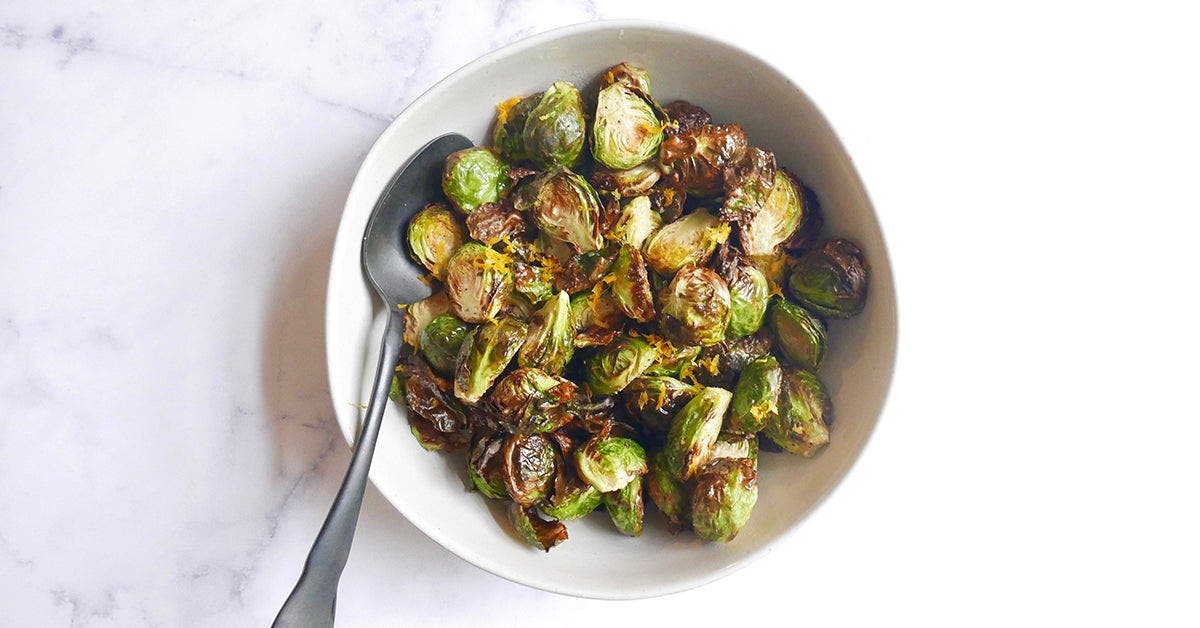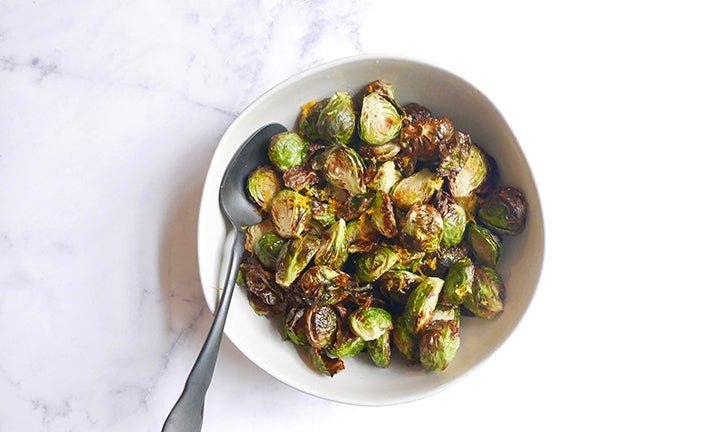5 ZeroPoint Seasonal October Fruits and Vegetables


The colourful produce of autumn packs a nutritional punch that will keep you healthy during the cooler months. October is the perfect time to try a whole new crop of fresh, locally grown, and in-season items. Stock up on these five seasonal fruits and veggies to take advantage of the fresh flavours and nutritional benefits they provide.
Cranberries
Native to North America, cranberries are known for their colourful hues that range from light pink to deep crimson, depending on variety. Cranberries have a tart flavour that make them a versatile ingredient for use in both sweet and savoury dishes.
Nutritional Benefits: Cranberries are low in sugar, fat-free, and a good source of fibre and vitamin C. They are rich in polyphenol antioxidants that offer protective effects against urinary tract infections (UTIs), have anti-inflammatory properties, and support heart health by helping to reduce cholesterol levels.
Try It: While you’ve likely had a delicious cranberry sauce at the holiday dinner table before, fresh and dried cranberries also work well in cocktails, as salad toppers, or in appetizers such as baked brie with cranberries and pecans.
Pears
Pears belong to the rose family (just like apples, cherries, and plums!). There are more than 3,000 varieties of pears around the world, each with unique textures, uses, and flavour profiles that range from mildly sweet to tart sweet. With the arrival of fall, you can enjoy popular varieties such as Bartlett, Anjou, and Bosc pears.
Nutritional Benefits: Pears are a powerhouse fruit because they are low in calories (about 100 calories each) and are a good source of vitamin C, folate, and minerals such as potassium and copper. Due to their high fibre and water content, pears can help you feel fuller for longer. It’s best to enjoy pears unpeeled, because most of the fibre is found in the skin of the fruit.
Try It: Pears make a great quick snack or fresh fruit for dessert. They also work nicely when incorporated into savoury dishes such as soups or salads, preserves, and in baked fall desserts such as crisps and crumbles.
Leeks
Leeks are a member of the allium family, along with onions, garlic, shallots, and chives. They have a similar look to green onions, although leeks are much larger and have a thick white bulb that transitions to lighter green and then dark green at the top. Leeks have a sweet onion flavour and can be enjoyed raw or cooked.
Nutritional Benefits: Not only are they low in calories and a source of fibre, but leeks provide a good source of vitamin A (one cup provides 30 percent of your daily requirement), vitamin C, vitamin K, folate, and manganese. Thanks to their organosulfur compounds, leeks support immune health, and have anti-inflammatory properties.
Try It: Leeks work well in casseroles, quiches, sauces, and soups. A hearty bowl of leek and potato soup makes for a delicious meal on a cool autumn day.
Brussels Sprouts
Brussels sprouts are part of the family of cruciferous vegetables, which means they are closely related to cauliflower, broccoli, kale, and cabbage. These little buds resemble baby cabbages, and smaller brussels sprouts are said to have more flavour than larger ones.
Nutritional Benefits: Brussels sprouts are low in calories (less than 60 calories per cup, cooked), high in fibre, and a good source of vitamin K, a nutrient that is important for healthy bones. They are also high in vitamin C which is needed for tissue repair and immune health.
Try It: To enjoy raw, brussels sprouts can be thinly sliced or grated and tossed into a salad adding light flavour and crunchy texture. They can also be roasted to bring out their sweet and earthy flavours and served as a side dish, or combined with chestnuts and served with turkey for a more traditional holiday dish.
Pumpkin
Pumpkins are an integral part of the autumn season. While you may be most familiar seeing them pop up as jack-o-lanterns in stores and around your neighbourhood, this large fruit has numerous health benefits and can make a nice addition to your fall meals.
Nutritional Benefits: Rich in vitamin A, thiamine (vitamin B1), riboflavin (vitamin B2), and vitamin C, pumpkin is naturally good for you. One serving (4 ounces/115 grams) of cooked and mashed pumpkin contains 38 calories. You can also enjoy the seeds which are a source of protein and iron.
Try It: In addition to pumpkin pies and spiced lattes, you can also add steamed chunks of pumpkin to salads, soups, breads, and stews. For a nutritious snack, toss pumpkin seeds that have been dried overnight with a small amount of vegetable oil. Bake at 250⁰F (120⁰C), for 1 ½ hours or until golden brown and crunchy.
